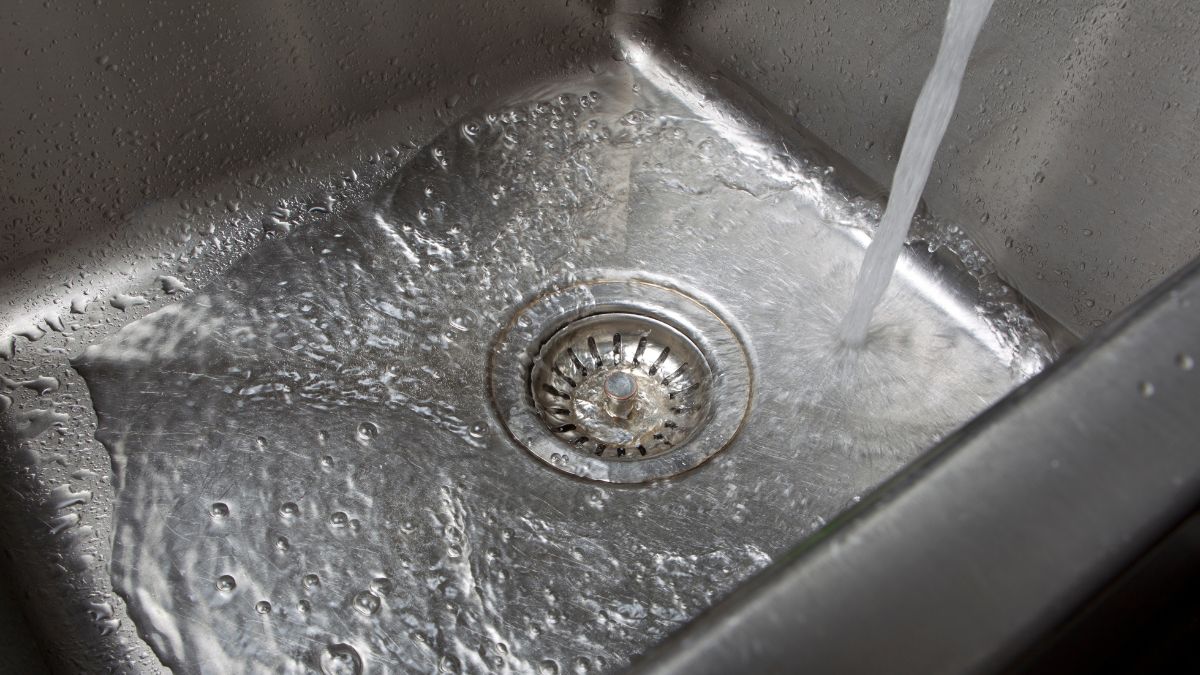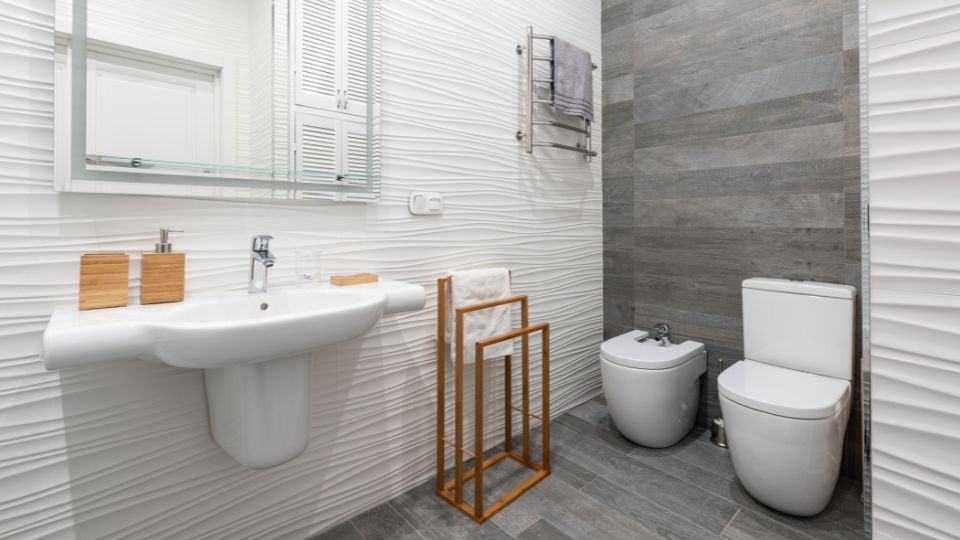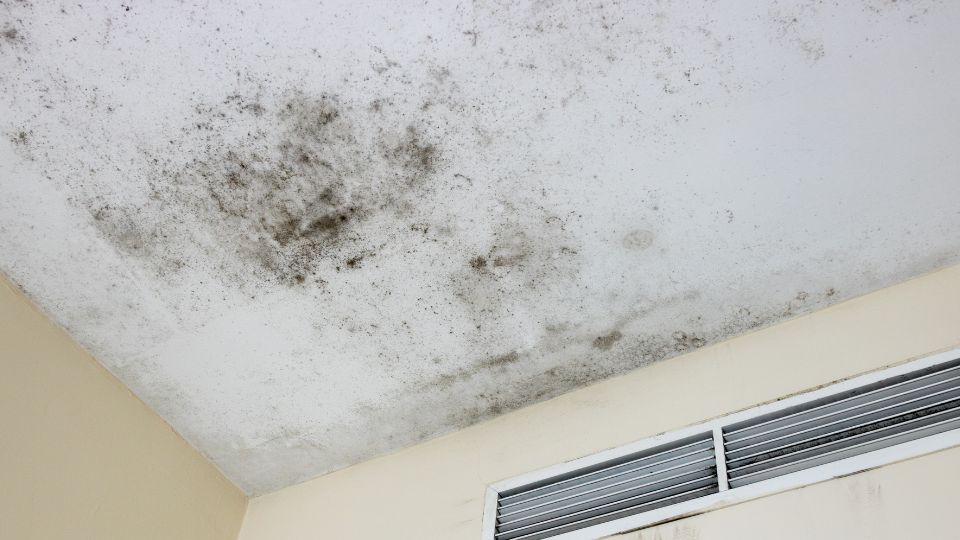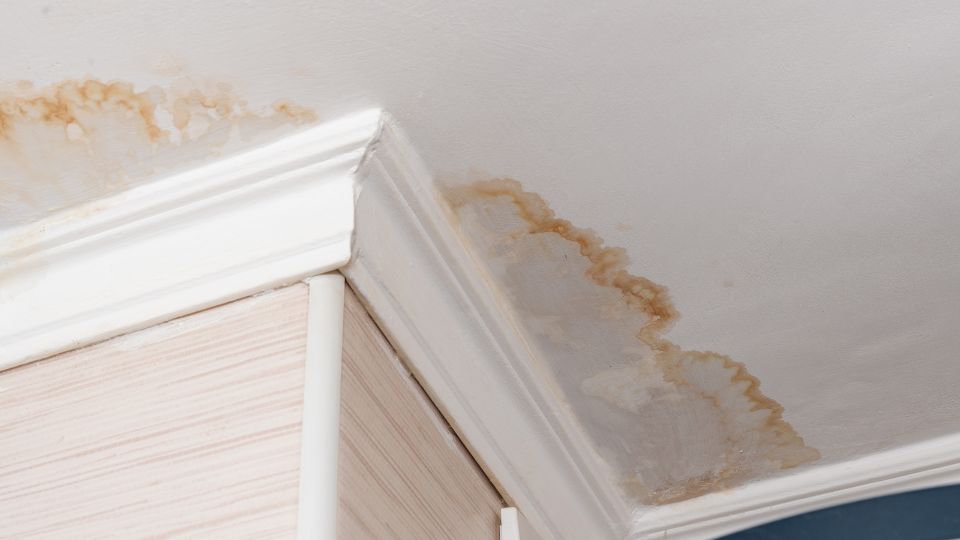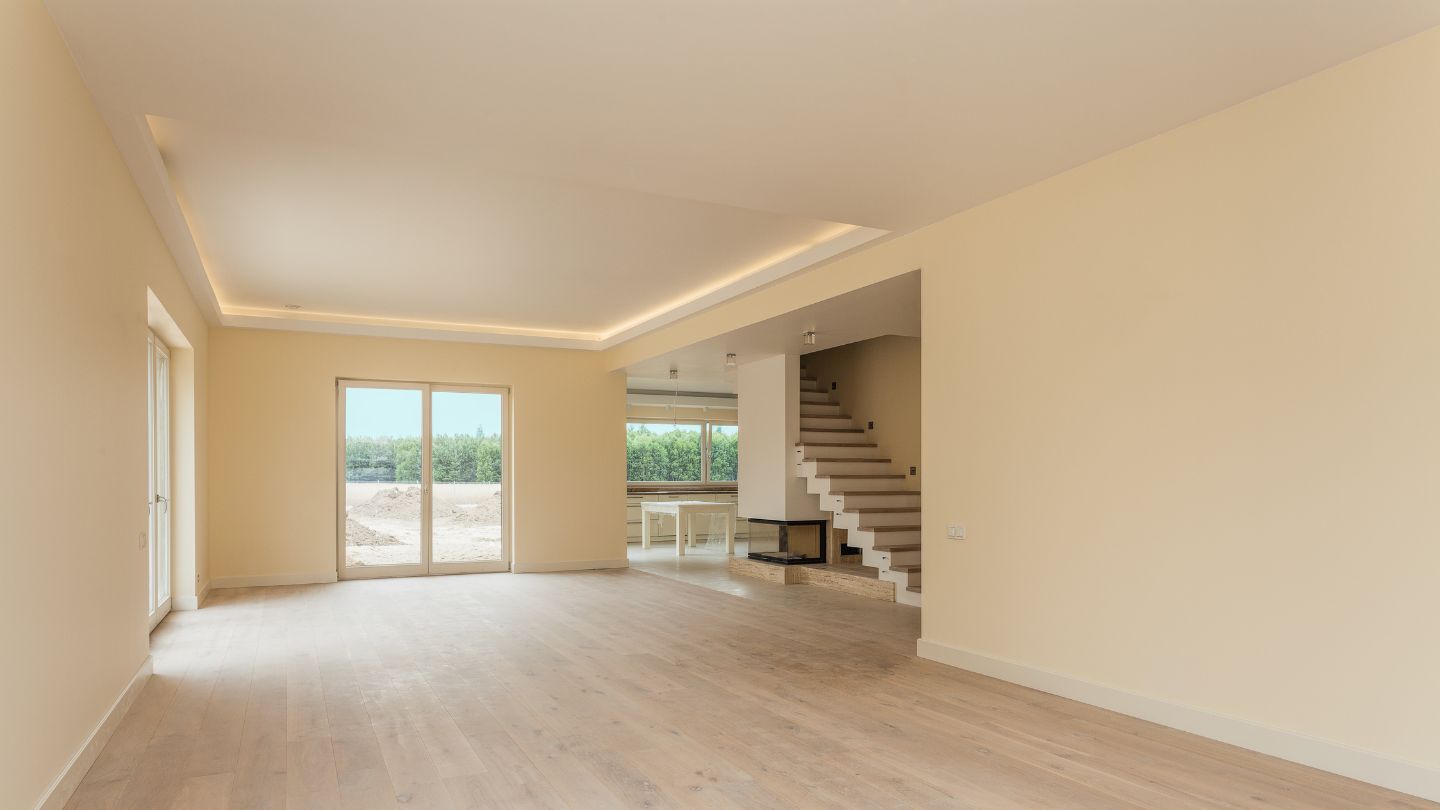
by Mold-B-Gone | Mar 6, 2024 | Mold Removal
There are few things more unsettling than the thought of mold lurking within your home’s plumbing. Pipes and drains, with their consistent moisture and hidden spaces, are prime real estate for a mold colony. This problem can affect your home’s air quality and your family’s health, which is why tackling it quickly is crucial, especially if you notice mold in drain pipes.
How Mold Takes Over
Mold needs three things to thrive: moisture, a food source like grime in those pipes, and a bit of undisturbed time. If you think about how often your drains are exposed to water and organic matter, it’s easy to see why they’re at risk. Unfortunately, the timeline for mold growth and spread can be incredibly short—visible colonies can appear within just a couple of days!
Beyond the yuck factor, mold in your plumbing can spread. Spores released into the air put your whole home’s health at risk. Worsening allergies or respiratory issues are further red flags that hidden mold might be the culprit.
Steps To Stop Mold in Its Tracks
Preventing and addressing mold in pipes requires a proactive approach. Here are three effective strategies:
Clean and Conquer
Your most potent weapon is routine drain cleaning. Flushing drains with boiling water weekly is surprisingly effective—it dislodges the grime mold loves and sends a heat blast unfriendly to spores. For suspected mold growth, baking soda and vinegar create a fizzy cleaning reaction. Skip the bleach, though, as it releases harsh fumes and can damage your pipes over time.
Battle Humidity
Moisture is mold’s best friend. After showers or baths, exhaust fans and open windows are your allies against lingering dampness. Strategic use of a dehumidifier, especially in musty basements or bathrooms, takes mold prevention to the next level.
Read more: How Do I Prevent Mold In My Basement?
Spot the Subtle Signs
Pay attention to those subtle indicators: Is a drain slow despite your best unclogging efforts? That could be a sign of hidden mold buildup. Persistent odd smells are also worth investigating. Since pipes aren’t always visible, knowing these non-obvious signs helps you catch a mold problem early.
Pros to the Rescue
Sometimes, DIY methods just aren’t enough. Stubborn mold, signs of widespread black mold in drain pipes, or worries about hidden mold in water pipes are all reasons to bring in reinforcements. A trusted mold specialist in Atlanta has the tools and experience to locate the source of the problem, remove it effectively, and help you implement defenses against future invasions.
If you notice that a black mold sink drain issue is escalating, or if concerns about your water linger, don’t wait. Contact Mold-B-Gone, Contact Mold-B-Gone, Atlanta’s premier mold removal company for mold-sensitive individuals.

by Mold-B-Gone | Feb 8, 2024 | Bathroom Mold
Keeping a home healthy means continually fighting mold. The bathroom, with its warm and moist environment, is especially prone to mold growth. Constant attention is needed to prevent this. Thankfully, a bathroom fan can play a crucial role in minimizing mold risks. However, it’s important to choose the right fan. Let’s explore why a bathroom fan is key in this battle and why its role should not be underestimated.
Making the Right Choice
The first step in using a bathroom fan to prevent mold involves selecting the appropriate model for your space. The size of your bathroom plays a crucial role in determining the capacity of the fan you need. Ideally, a fan should have the ability to move 1 CFM (cubic feet per minute) of air per square foot of your bathroom space. This ensures that it can efficiently remove excess humidity, which reduces the likelihood that mold can take hold.
However, the equation changes if your bathroom includes additional features like a whirlpool bath or sauna. In these cases, a more powerful fan is necessary to handle the increased moisture levels. It’s all about balance—ensuring your fan can manage the environment it’s in.
Safety First
Considering that your bathroom fan operates in a damp environment, safety cannot be an afterthought. Ensuring your fan is connected to a GFCI (Ground Fault Circuit Interrupter) protects you from potential electrical hazards. This precaution is simple but crucial for peace of mind.
Installation Insights
An often-overlooked aspect of using a bathroom fan and mold prevention strategy is the importance of correct installation. Proper installation is just as important as choosing the right fan. The moist air extracted by your fan mustn’t end up in your attic, which could lead to water damage and, ironically, mold growth. Instead, ensure that your fan vents outside your home through a dedicated duct. This not only protects your home’s structure but also effectively manages humidity levels.
The Need for a Bathroom Fan
Understanding why a bathroom fan is essential can motivate you to ensure yours is up to par. Beyond just removing unpleasant odors, a good fan plays a critical role in mold prevention. By extracting excess moisture, it helps keep surfaces dry and mold at bay. This not only preserves the integrity of your home’s structure and appearance but also maintains healthier indoor air quality.
Read more: How to Remove Bathroom Mold: 4 Tips from the Pros
Are You Ready to Fight Mold?
By choosing the right fan, installing it properly, utilizing technology for efficiency, and prioritizing safety, you can significantly reduce the risk of mold in your bathroom. And in the ongoing battle against mold, every bit of prevention helps. Call Mold-B-Gone, your trusted mold removal experts in Atlanta, today and breathe easier tomorrow.

by Mold-B-Gone | Jan 9, 2024 | Mold Facts
Have you ever wondered if a small roof leak could escalate into a major mold issue in your home? Many homeowners underestimate the impact of roof leaks and mold, but the truth is startling. This blog addresses the nitty-gritty of how mold in ceilings from leak situations can be more than just a nuisance.
Causes of Roof Leaks
At the heart of this issue, understanding the causes of roof leaks is crucial. A common misconception is that roofs are highly durable and invincible against external factors. However, the materials are more susceptible to damage than one might think, leading to leaks.
Besides human activity, nature plays its part. The U.S. averages about 30 inches of rain yearly, putting immense strain on roofs and gutters. Clogged or damaged gutters fail to divert rainwater adequately, resulting in water damage and, potentially, mold from roof leak scenarios.
Another significant factor to consider is the condition of your shingles. They are your home’s first defense line against harsh weather, but over time, they can succumb to wear and tear, leading to leaks.
What to Look for to Identify a Leak
Detecting a roof leak early can be a game-changer in preventing mold in your apartment or house. The most obvious sign is a water stain on your ceiling—a discolored, often brownish puddle shape. However, not all leaks are that conspicuous. Sometimes, they manifest as a subtle drip from the ceiling or even as organic growth, like moss, on your exterior walls.
How Leaks Escalate to Molds
Moisture from leaks creates a perfect breeding ground for mold. If the issue is in the attic, condensation can be the primary culprit. The real concern is the speed at which mold can spread. It can start from a small area and rapidly infest other parts of your home.
Black mold is particularly notorious for posing severe health risks. Hence, addressing leaks promptly is vital to safeguarding both your home’s integrity and your health.
Read more: Why Is Black Mold A Health Concern?
The Bottom Line: Prompt Action Is Key
A leaky roof can cause mold, and the implications are significant. Timely detection and repair of roof leaks are essential in preventing mold growth and its consequent hazards. Remember, addressing a leak today can save you from a mold nightmare tomorrow.
Ready to Tackle Mold in Your Home?
Reach out to Mold-B-Gone Remediation, the mold remediation experts in Atlanta, for exceptional service and peace of mind. Don’t let mold take over your space—we’re here to help.

by Mold-B-Gone | Jan 2, 2024 | Mold Facts
Water leaks in your home, no matter how minor they might seem, can be a significant concern. The primary reason? The risk of mold development. Mold finds a haven in moist environments, and a one-time water leak, if not addressed swiftly, can escalate into a serious health hazard for your household.
Here’s an in-depth look at preventing mold growth following a one-time water leak, ensuring your home remains a safe and healthy environment.
Rapid Response Is Key to Mold Prevention
The speed at which mold can grow from water damage is alarming. Mold spores can start forming within 24–48 hours following water damage, a period often shorter than the time it takes to dry out affected areas completely. Enhancing air circulation and having cleaning tools at the ready can significantly reduce the risk of mold development.
Health Risks of Mold from Water Leaks
Mold, particularly types that flourish due to water leaks, can pose severe health risks. Some of these risks are:
- Exposure to mold in early childhood has been linked to an increased risk of asthma, and adults are not immune to its effects.
- Molds produce mycotoxins, which can trigger adverse immune responses and cause lasting respiratory issues.
Read more: What Are The Top 3 Water Damage Hazards?
Understanding these risks is crucial for effective mold prevention after a water leak.
Steps to Prevent Mold After a Single Water Leak
- Act Quickly: The CDC advises cleaning up within the first 24–48 hours post-flood to hinder mold formation. Even a minor leak can have similar consequences, necessitating immediate action.
- Clean and Dry the Area: Drying out the leak area is vital as mold thrives in damp conditions. Employ fans for air circulation and open windows if possible. Cleaning the area, even without visible spores or growth, is critical. Professional help might be required on porous surfaces like carpets or wood.
- Control Humidity Levels: High humidity is a breeding ground for mold. Use dehumidifiers to lower humidity in the affected area, and consider a humidity gauge to monitor and manage the levels effectively, reducing the likelihood of mold growth in the attic or other areas.
- Ongoing Vigilance: Post-cleanup, continuous monitoring is essential. Mold can remain dormant and reactivate under favorable conditions. Keep an eye on humidity levels and be alert to musty odors, signs that mold might still be present.
Final Recommendations
Understanding the risks and steps for water leak mold prevention is crucial. While mold from a one-time leak can be managed effectively, being proactive and vigilant is key to ensuring your home remains a healthy environment. Trust Mold-B-Gone Remediation, your mold remediation experts in Atlanta, for all your mold prevention and remediation needs.

by Mold-B-Gone | Dec 9, 2023 | Mold Facts
Mold is a persistent challenge in the construction industry, especially in new buildings where the combination of heat, water, and organic materials creates an ideal breeding ground for this unwelcome guest. This blog outlines practical and straightforward strategies for keeping mold in new construction homes at bay.
Proactive Measures for a Mold-Free Environment
The first line of defense against mold in new construction is ensuring the building is watertight. This process, known as ‘drying in,’ involves meticulous sealing of the building’s envelope to prevent water ingress. Key actions include installing a water-resistant roof, employing watertight exterior siding, fitting watertight windows, and sealing all potential entry points around windows, doors, and other openings.
Handling Construction Materials with Care
Many construction materials, like wooden frames and subfloors, can absorb moisture during wet weather conditions. It’s crucial to allow these materials adequate time to dry out completely before proceeding with the drying-in process. Ignoring this step can lead to trapped moisture within the structure, creating a fertile ground for black mold and other fungi to thrive.
Addressing New Sources of Humidity
Even with effective drying-in, new construction can still face mold challenges from additional moisture sources introduced during the building process. For instance, renovation activities like asbestos or drywall removal often require water usage, increasing indoor humidity. In such scenarios, the use of dehumidifiers can be a game-changer, helping to maintain a dry environment that is conducive to preventing mold in new construction.
Read more: How Mold Grows in Different Humidity and Temperature Conditions
Understanding Mold Growth Dynamics
In the early stages of construction, using non-organic materials such as metal and concrete alongside fresh hardwood reduces the risk of mold growth. However, once softer, organic materials like ceiling tiles and drywall are introduced, the risk escalates. These materials provide the perfect conditions for mold to develop, sometimes in as little as 48 hours after exposure to moisture.
Thorough Pre-Installation Checks
Before installing drywall or other susceptible materials, it’s crucial to ensure everything within the building’s structure, including windows, siding, and roofing, is properly sealed. Additionally, verify that all wooden elements are fully dry to prevent potential mold growth.
Contingency Planning for Project Interruptions
Unexpected interruptions, like adverse weather or funding issues, can halt construction or renovation projects. In such cases, it’s vital to dry and seal off as much of the construction as possible. Installing dehumidifiers can help maintain a dry environment, serving as one of the ways to remove mold from new construction.
Get Expert Mold Solutions Today
Looking for a reliable mold removal service in Atlanta? Contact Mold-B-Gone today, and let our team of professionals ensure your home stays mold-free and healthy. Trust us for top-notch service and peace of mind.
